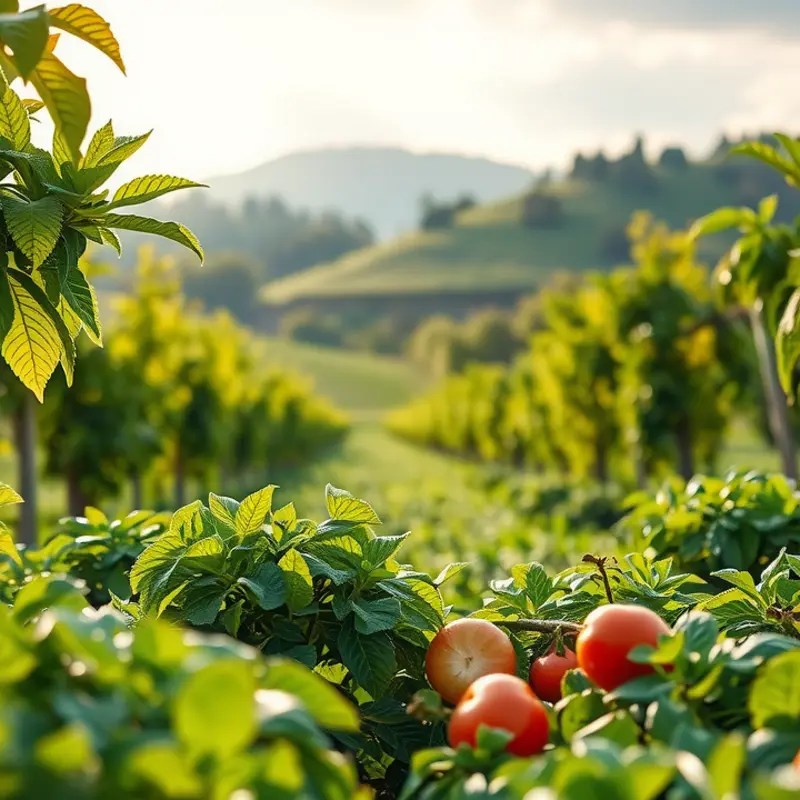Managing leftovers effectively not only reduces food waste but also promotes sustainable living. With simple yet effective strategies, you can store food safely and minimize waste at home. This guide offers practical insights into transforming how you think about and handle your leftovers, making both cooking and cleaning up easier.
Effective Food Storage Techniques

Prolonging the freshness of your leftovers requires understanding specific storage methods for each type of food. By implementing effective storage techniques, you can significantly reduce food waste and ensure that your meals remain delightful when you’re ready to consume them again.
Fruits and Vegetables
Fresh produce can be particularly tricky to store. Moisture and air exposure can quickly lead to spoilage. Leafy greens and herbs, for instance, benefit from being stored in a container wrapped in a slightly damp cloth. Carrots and celery are best submerged in water to maintain their crispiness, while ethylene-sensitive fruits like apples should be kept apart from produce that emits this gas, such as bananas. To optimize space and freshness, consider using a separate bin or drawer for each type of fruit and vegetable.
It’s also worth understanding the specific needs of various items. For example, cucumbers and peppers thrive at room temperature, while berries should be washed only just before consumption to avoid moisture-induced mold.
Cooked Meals
For leftovers of cooked meals, rapid cooling and airtight storage are paramount. Allow meals to cool to room temperature first to minimize condensation in storage containers. Divide large batches into smaller portions to enable quick cooling, then store them in airtight glass or BPA-free plastic containers.
Label each container with the storage date to easily track freshness. For optimal storage, consume cooked leftovers within three to four days. If you anticipate needing more time, freezing meals is an excellent option. Ensure that meals are tightly sealed to prevent freezer burn.
Dry Goods and Grains
Dry goods like pasta, rice, and cereal require protection from moisture and pests. Store these items in airtight containers and keep them in a cool, dark pantry. Vacuum-sealing is an effective technique to preserve their flavors and prevent contamination.
Proper grain storage extends beyond simply sealing containers. Consider the shelf life of each item. For instance, whole grains with natural oils have a shorter shelf life than refined grains and may benefit from refrigeration to maintain quality over time.
Dairy Products
Dairy products demand close attention due to their short shelf life. Milk should be kept in the fridge’s main section, not in the door, to maintain a consistent temperature. Cheese is best wrapped in wax paper to allow it to breathe while preventing exposure to air. For yogurt and cream, tightly reseal the container after each use.
To further enhance your eco-conscious efforts, explore eco-smart kitchen storage solutions that can complement your zero-waste goals.
These tailored techniques, combined with awareness of each food item’s particular needs, can significantly extend the longevity of your leftovers. By understanding and applying these food storage tactics, you contribute to minimizing food waste while ensuring that your meals remain enjoyable and nutritious.
Smart Meal Management Strategies

Mastering smart meal management is key to minimizing leftovers and reducing food waste. By employing well-thought-out planning and creative usage of ingredients, you can streamline your meal preparation process and optimize food utilization.
Portion Control: The foundation of reducing food waste starts with understanding portion sizes. Cooking the right amount ensures you don’t end up with unnecessary leftovers. Begin by assessing typical portion sizes for each ingredient and adjusting based on the appetites you’re catering to. Remember that planning smaller portions can also help accommodate surprises like second helpings without leaving a bounty of remnants.
Cook Once, Eat Twice: This principle revolves around preparing meals that serve double duty. By cooking larger quantities with the intention of using the extras in new dishes, you save time and reduce waste. For example, roasting a whole chicken can lead to a sumptuous dinner one night, and the leftovers can transform into shredded chicken tacos or a savory soup the next day. Such strategies allow you to minimize effort while maximizing meal variety.
Creative Leftover Utilization: When leftovers inevitably occur, incorporating them into new recipes can be both a practical and ingenious solution. Transform day-old rice into a vibrant fried rice or use leftover vegetables in a quiche. This not only minimizes food wastage but also reinvigorates your meals with new tastes and textures.
Moreover, if you’re seeking minimal prep meal ideas, consider exploring practical ingredient batching, which can save both time and resources in your culinary endeavors.
Another aspect of smart meal management is maintaining a flexible attitude towards your meals. Being open to swaps and substitutions can lead to creative discoveries and prevent unwanted waste. Mastering substitutions, like using yogurt instead of sour cream or substituting grains, can also cater to dietary needs while keeping meals exciting.
Plan your meals with timing and lifestyle in mind. Consider meals that align with your weekly activities and schedules, allowing you more flexibility to use ingredients before they spoil. Over time, smart meal management turns into a rewarding routine, offering peace of mind and tangible benefits.
By incorporating these strategies, you create a satisfying balance between convenience and sustainability, ensuring your kitchen remains a hub of efficient, low-waste culinary joy. This proactive approach fosters a culinary environment where waste is avoided, and creativity thrives.
Final words
Mastering zero-waste strategies for leftover food storage and management is not only environmentally responsible but also enhances your home cooking experience. By incorporating effective food storage techniques and smart meal planning practices, you can dramatically reduce waste and optimize how you enjoy your meals. Start by gradually integrating these tips into your routine, experimenting with what works best for you, and embracing a sustainable lifestyle that benefits both you and the planet. Every small step counts in reducing our collective food waste.







